Nov 27, 1959-1959
Japan
Anti-Kishi Campaign
Share
ACTIVISTS/ACT.GROUPS/DESCRIPTION OF THE GROUP
Japanese Citizens
TARGET
Nobuske
WIDELY HELD BELIEF
The government should listen to the concerns of its citizens.
CASE NARRATIVE
Issue and Opponent: During the 1950s, there were protests against the American military bases in Japan. Strong nationalism and an active and emerging Leftist movement were instrumental in these anti-U.S. sentiments and demonstrations. At this time, President Nobuske announced that Japan would ratify the security treaty with the United States, thus granting its military base to remain on Japanese soil.
Dilemma Action: To protest against this, more than 100 leftist groups and activists organized actions against Nobuske’s administration on the issue of the treaty ratification and formed the People’s Council to Stop the Revised Security Treaty. The groups that formed the coalition included the Federation of Japanese Women’s Organizations, the Association of Japanese Literary Persons, the YMCA, and many other professional associations, artistic and cultural groups, and academics. Everyone feared the treaty ratification would cause more intervention by the United States and a nuclear war. They were also concerned about the fascist tendencies of Nobuske. On United Action Day, thousands of protesters peacefully gathered on November 27th, 1959 outside the Japanese Diet (the parliament building) to present an anti-treaty petition to the President. After handing over the petition, protesters spontaneously entered the parliament building and spent hours singing and dancing. Nobuske was in a dilemma. He and his ministers had described the protesters as angry and aggressive. Now the same coalition members were singing and dancing and cheering harmlessly. Entering the parliament building spontaneously might have broken security regulations but arresting a bunch of peaceful, singing, and dancing youths would make the world wonder about Nobuske’s claims of the danger that protesters presented. On the other hand, by not taking any action the President looked weak and lost some legitimacy before his supporters.
Outcome: The outcome of the protest, however, did not end in the withdrawal of the treaty. Nobuske still went ahead with the plan, and the treaty was ratified. The dance-sing-petition action was part of a larger campaign against the treaty ratification and included several other DAs such as sit-ins on a minor scale.
PRIMARY STRUGGLE/GOAL
NONVIOLENT TACTICS USED
DA TACTICS USED
Singing
CASE NARRATIVE WRITER
SUCCESS METRICS
8 / 12
(MC) Media Coverage
(OR) Opponent response
(PS) Dilemma action built sympathy with the public
(PUN) Punishment favored the activists
(REFR) Dilemma action reframed the narrative of the opponent
(SA) Dilemma action appealed to a broad segment of the public
Artivism
Laugtivism
PART OF A LARGER CAMPAIGN
3 / 3
Activist group continued working together after the action
Encouraged more participants to join the movement
Internally replicated by the same movement
RESOURCES
Project documentation
Dilemma Actions Coding Guidebook
Case study documentation
Dilemma_Actions_Analysis_Dataset
SOURCES
Office of the Historian. 1960. “Telegram from the Embassy in Japan to the Department of State,” Department of State, June 15. Retrieved July 20, 2023. (https://history.state.gov/historicaldocuments/frus1958-60v18/d180).
Horiuchi, Toru. 2020. “Comparing the 1967 Riots in Hong Kong and the 1959-1969 Anti-security Treaty Movement in Japan,” ResearchGate. Retrieved July 20, 2023. (https://www.researchgate.net/publication/339661654_Comparing_the_1967_Riots_in_Hong_Kong_and_the_1959-1960_Anti-security_Treaty_Movement_in_Japan).
Related cases
Jan 11, 1912-1912
United States of America
The issues at hand were low wages and unsafe working and living conditions in a textile factory in Massachusetts. The factory conditions were so dangerous that ⅓ of wo...
/
Jun 1, 2015-2015
United States of America
In drought-ravaged California, producing one pound of beef requires 1,799 gallons of water. The scale of industrialized beef’s water usage is unsustainable in a ...
/
Dec 27, 2022-2022
Online, Sweden
Machismo and climate denial, as well as an alliance with the fossil fuel industry, is a package deal for the right. Andrew Tate, a former kickboxer is infamous for his...
/
Subscribe to our newsletters to get full access to all materials on our website.

